Why are we so obsessed with debating whether famous historical figures were LGBTQ+?
Author: Patrick Kelleher
What do Anne Frank, Louisa May Alcott, Malcolm X and William Shakespeare have in common?
Each one was a trailblazing figure in their own right, but they’ve also inspired endless debates about whether or not they might have been LGBTQ+.
Was Louisa May Alcott a trans man living in a world where transness wasn’t accepted? Was Anne Frank a queer teenager whose sexuality was just starting to blossom when she was murdered by the Nazis?
The truth, of course, is that nobody will ever know how historic figures who weren’t out in their lifetimes would have described themselves. It’s a complex discussion that’s all about “struggle and contestation”, according to Dr Páraic Kerrigan, an assistant professor in communications at University College Dublin (UCD).
There’s often strong evidence to suggest historic figures had same-sex relationships or railed against the gender binary, but that doesn’t mean it’s easy to assign labels like “gay” or “trans” to their lives.
“When we’re looking towards historical figures who might have been queer, it’s a consistently contentious, volatile site of representation, of identification, and of discussion,” Kerrigan explains.
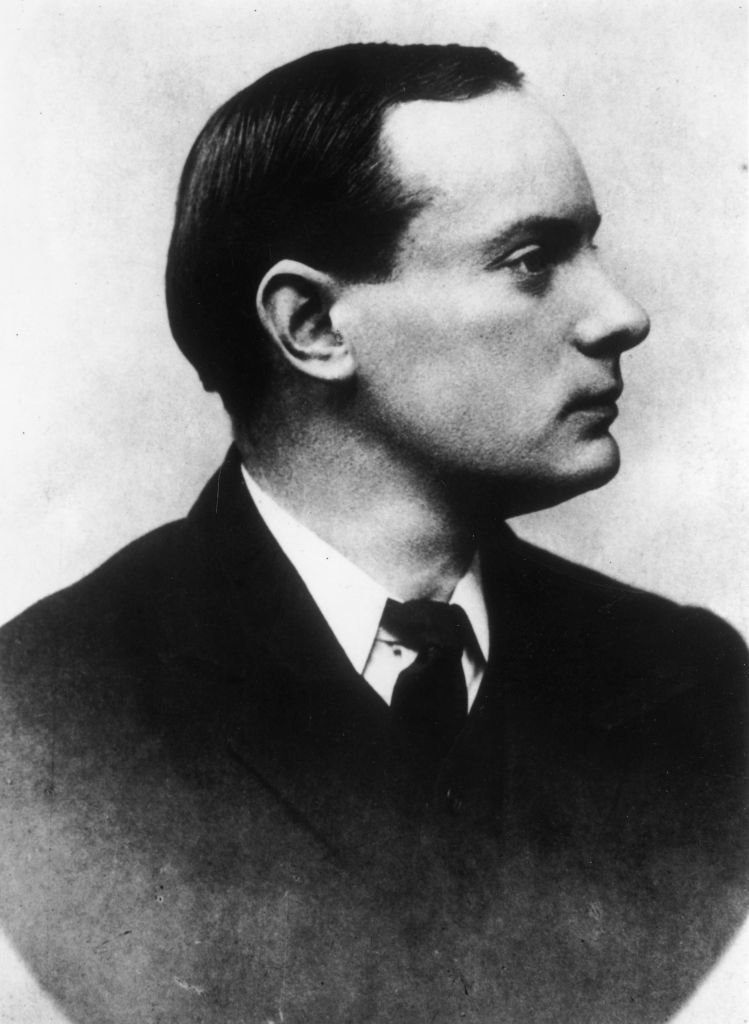
He points to historic figures like William Shakespeare and Pádraig Pearse, an Irish revolutionary and poet. Both of their writings contain themes many would read as queer today – but that doesn’t mean we can definitely say they were queer.
“A lot of the time it’s very difficult to gauge how historical figures have self-identified,” he says.
“They didn’t have the repertoire and the vernacular that we would have today to define ourselves within these terms.”
That doesn’t mean being queer is a new phenomenon, it just means the experience of being queer was very different 200 years ago, and the way people talked about it was radically different.
Even so, queer people have a natural need to see themselves represented in the past.
Queer people have ‘genealogical need’ for their own history
“We have a genealogical impulse to understand where we come from, we want to name LGBTQ+ figures as queer or as heroes in history because as a community we have a desire to connect to the past,” Kerrigan says.
Ascribing queerness to a figure of the past helps us “understand our own sexualities”, Kerrigan adds – it shows where we have existed before.
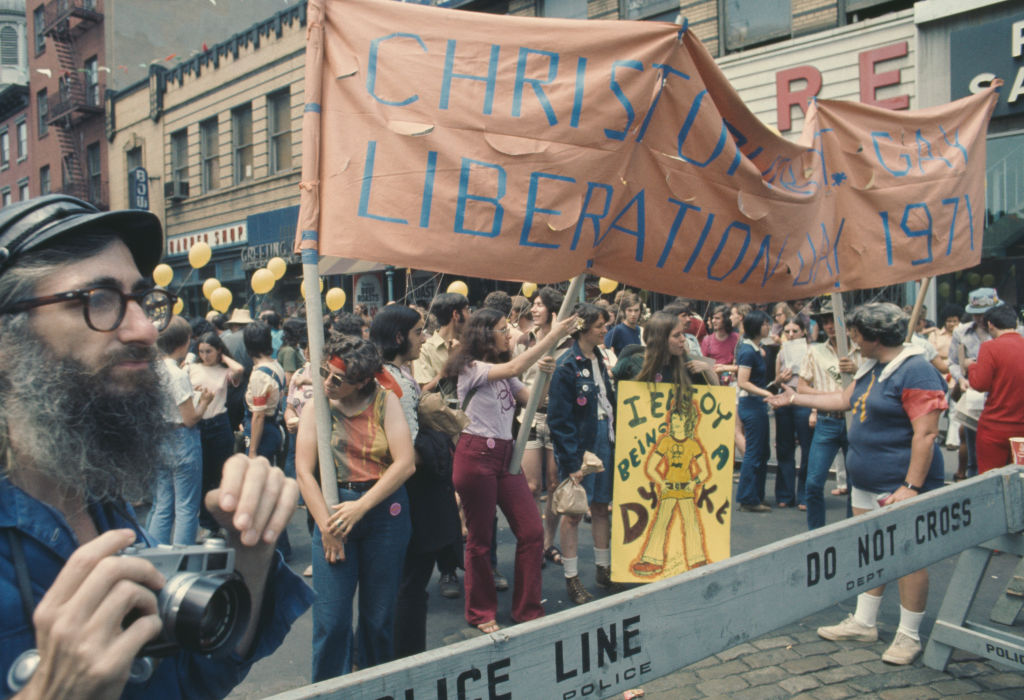
“To look to these figures indicates that queerness was an endemic part of life in some way, shape or form. But again, we have to be very careful with this. We are using contemporary frameworks and modes of defining and thinking about sexuality on these particular historical figures.
“Is it fair to apply queer theory to a work of Shakespeare? Yes, absolutely, but does that then qualify us to infer that Shakespeare was a homosexual? Well perhaps not – it’s not necessarily as distinctly clear. The boundaries are not as defined.”
He adds: “We are living in a very contingent political time that has politicised gayness and queernesss in very specific ways and given them very specific meanings.
“I think what we need to think about is seeing history and queer history, especially as a continuous process of evaluation, re-evaluation.”
As we kick off LGBTQ+ History Month, we take a look at four historic figures who might have been queer – all the while remembering that we can never really know how these people saw themselves.
Anne Frank
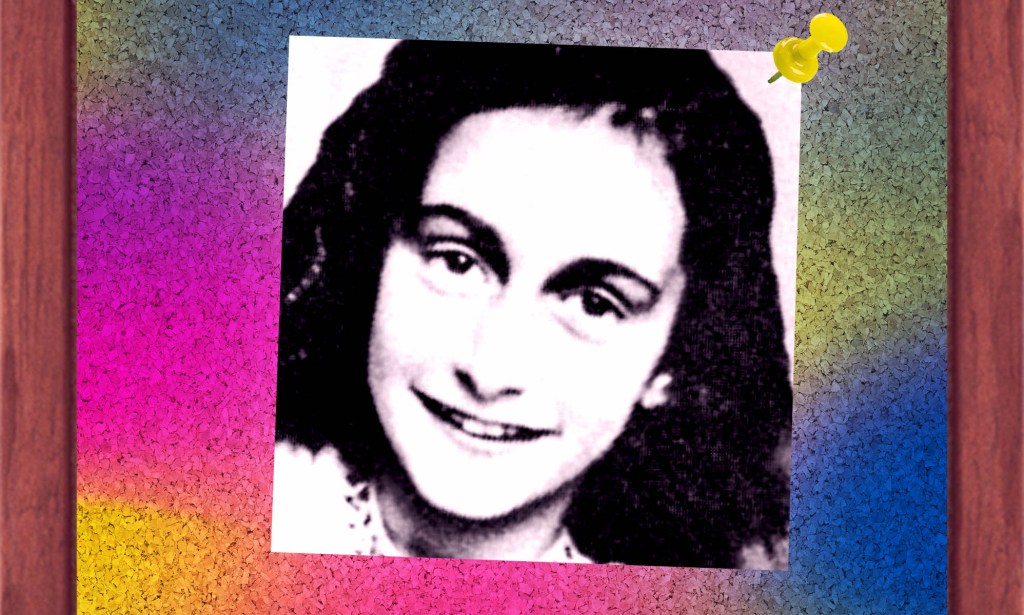
The Diary of a Young Girl, perhaps better known as the diary of Anne Frank, remains one of the most-read books in the world, and for good reason as it’s a powerful testimony detailing what life was like for Jewish people persecuted during the Holocaust.
It’s also a fascinating insight into what it was like to be a teenage girl in the 1940s. Naturally, Anne reflected on her sexuality in her writings, and in one passage she recalled kissing a female friend.
“I remember that once when I slept with a girlfriend I had a strong desire to kiss her, and that I did do so,” she wrote.
“I could not help being terribly inquisitive over her body, for she had always kept it hidden from me.
“I asked her whether, as a proof of our friendship, we should feel one another’s breasts, but she refused.”
Louisa May Alcott
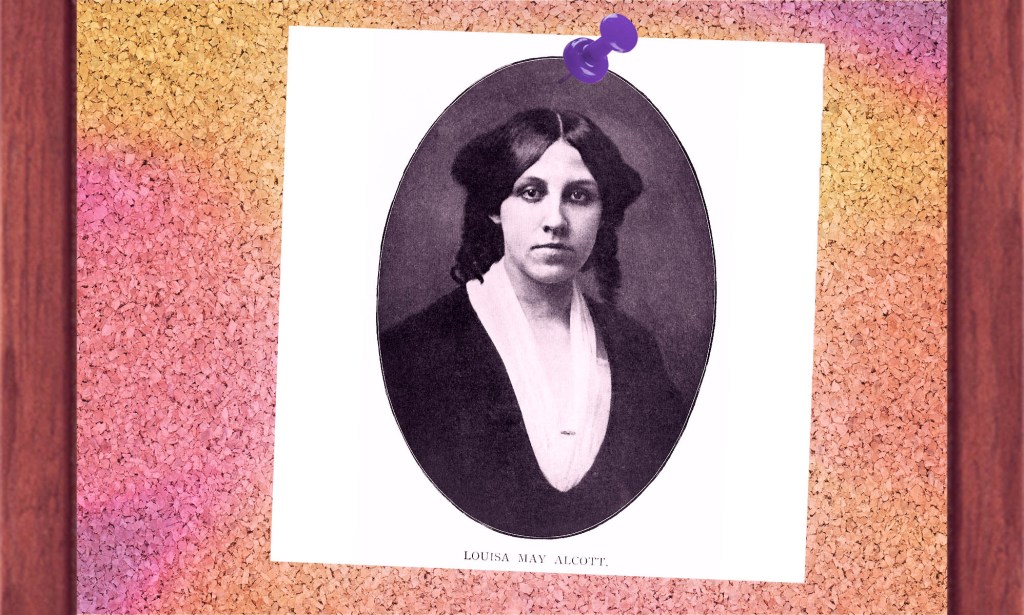
There has been significant speculation in recent years about the gender identity of Little Women author Louisa May Alcott.
When Alcott died in 1888, there was no public awareness of trans identities – but some aspects of her life and writings have piqued the interests of trans and non-binary people today.
Writing for The New York Times, Peyton Thomas detailed how Alcott went by the nickname “Lou” and referred to herself as the “papa” or “father” of her nephews.
Alcott’s own father once referred to her as his “only son”, while she described herself as “a man of all work” and “a gentleman at large”.
There’s little consensus on whether any of that means Alcott could reasonably be described as trans, but many scholars agree it’s certainly possible she was – meaning her name could come up more and more in discussions about queer history.
Malcolm X
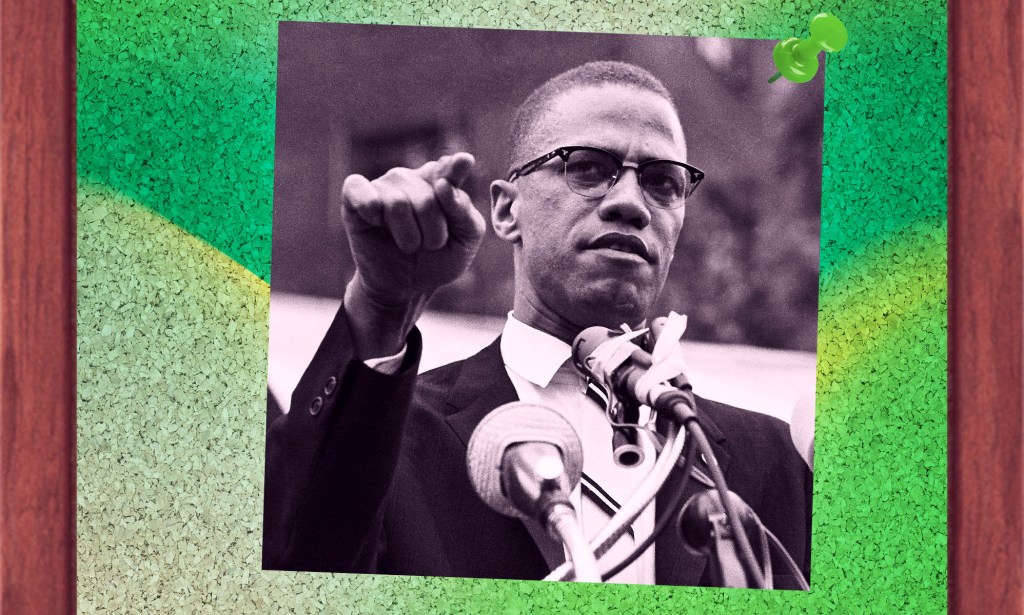
Civil rights activist and writer Malcolm X is often remembered as one of the most influential Black Americans in history, which naturally means his legacy has been hotly contested.
In 2011, historian Manning Marable claimed in a biography of Malcolm X that he had an early relationship with another man, indicating he could have been bisexual.
His family has pushed back against those suggestions, his daughter Ilyasah Shabazz insisted Malcolm X was “an open book” and that he wouldn’t have felt the need to hide parts of his life.
Still, many LGBTQ+ people have come to see him as a trailblazing queer historical figure, proving just how contested queer histories often are.
William Shakespeare
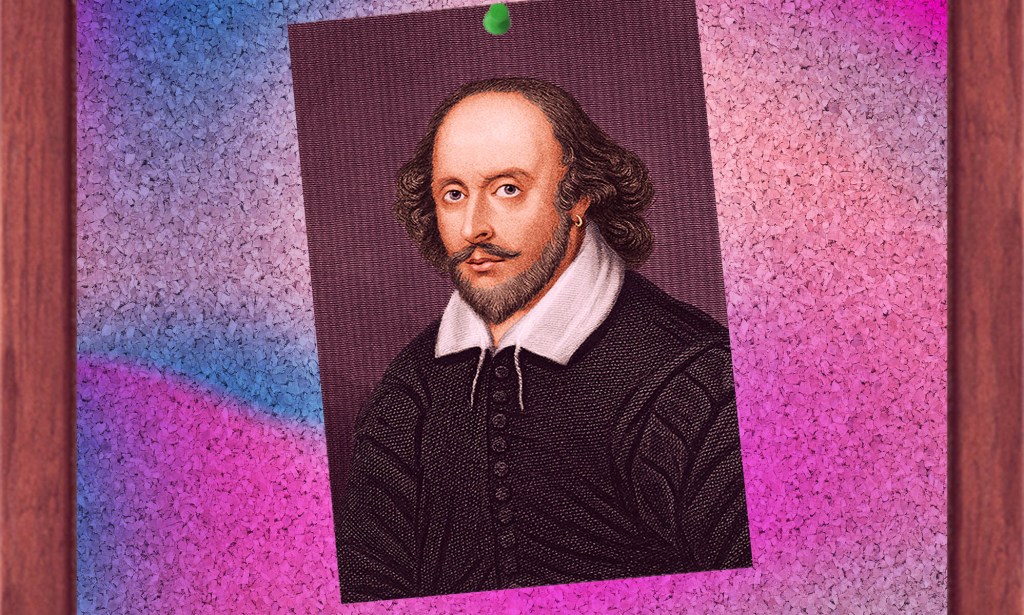
Shakespeare is one of the historical figures whose sexuality has generated the most interest.
Readers have pored over Shakespeare’s sonnets for years, detecting affection and romance that would be hard not to read as queer.
It won’t come as a surprise that the question of Shakespeare’s sexuality has inspired endless debates among scholars; to this day, some are more sure than others that he was bisexual or gay.
In 2020, scholars Sir Stanley Wells and Dr Paul Edmondson said they were in “no doubt” that Shakespeare was bisexual after conducting an analysis of his sonnets.
Of course, others will disagree – Shakespeare remains a figure who divides opinion and whose personal life remains something of a mystery.
Actual Story on Pink News
Author: Patrick Kelleher



